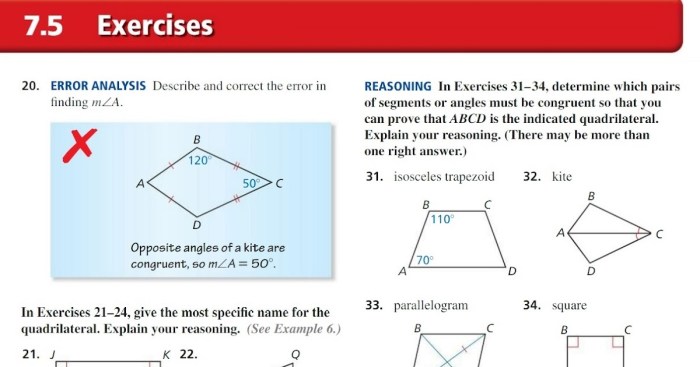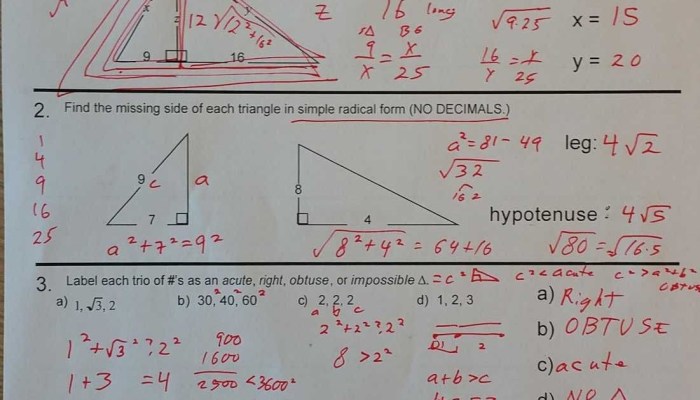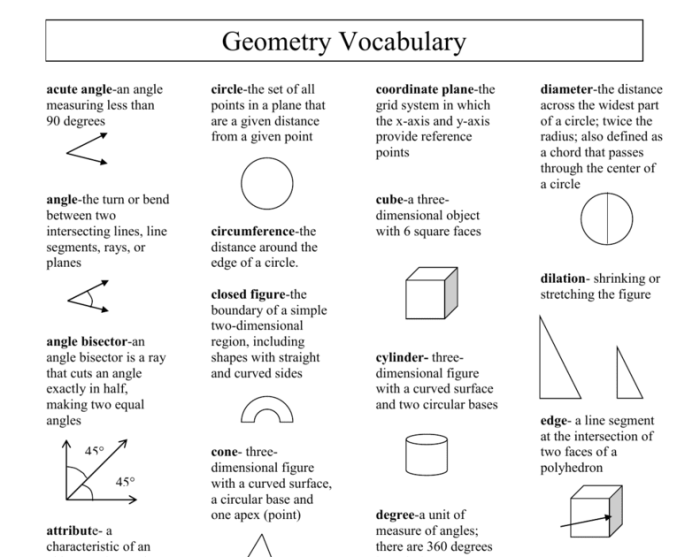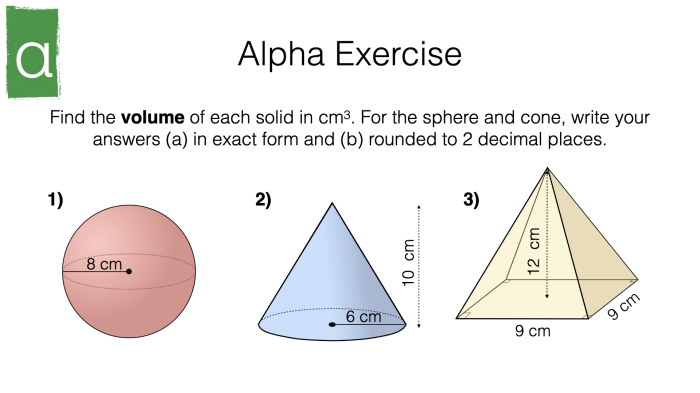Unit 7 polygons and quadrilaterals homework 3 rectangles – Embark on a geometric odyssey with Unit 7 Polygons and Quadrilaterals Homework 3: Rectangles Unveiled. This captivating exploration delves into the fascinating world of rectangles, revealing their unique characteristics and practical applications.
Prepare to unravel the secrets of rectangles, from their defining properties to their diverse classifications. Discover the formulas that govern their area and perimeter, empowering you to navigate the realm of geometry with confidence.
Rectangles: Definition and Properties: Unit 7 Polygons And Quadrilaterals Homework 3 Rectangles
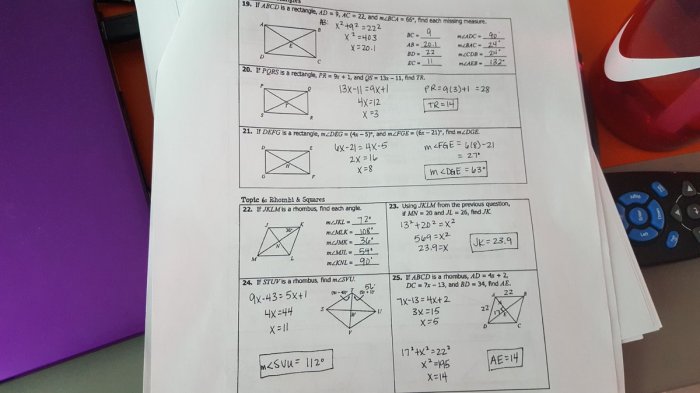
A rectangle is a two-dimensional shape with four straight sides and four right angles. The opposite sides of a rectangle are parallel and of equal length.
Examples of real-life objects that are rectangles include books, picture frames, and window panes. Rectangles have several unique properties that distinguish them from other quadrilaterals, including their parallel sides and right angles.
Area and Perimeter of Rectangles
The area of a rectangle is calculated by multiplying the length by the width. The formula for the area of a rectangle is:
Area = Length × Width
The perimeter of a rectangle is calculated by adding the lengths of all four sides. The formula for the perimeter of a rectangle is:
Perimeter = 2 × (Length + Width)
Classifying Rectangles
Rectangles can be classified into different types based on their properties. Some common types of rectangles include:
- Squares: Squares are rectangles with all four sides of equal length.
- Parallelograms: Parallelograms are quadrilaterals with two pairs of parallel sides.
Applications of Rectangles, Unit 7 polygons and quadrilaterals homework 3 rectangles
Rectangles are widely used in various real-life applications, including:
- Architecture: Rectangles are used as the basis for designing buildings, rooms, and other structures.
- Engineering: Rectangles are used in the design of bridges, beams, and other structural components.
- Design: Rectangles are used as the basis for creating logos, posters, and other graphic design elements.
Rectangles are versatile shapes with numerous applications due to their simple and predictable properties.
Essential Questionnaire
What is the key characteristic that distinguishes a rectangle from other quadrilaterals?
Rectangles possess four right angles, unlike other quadrilaterals which may have varying angles.
How do I calculate the area of a rectangle?
Multiply the length by the width of the rectangle: Area = Length x Width.
What is the perimeter of a rectangle with a length of 5 cm and a width of 3 cm?
Perimeter = 2(Length + Width) = 2(5 cm + 3 cm) = 16 cm.
